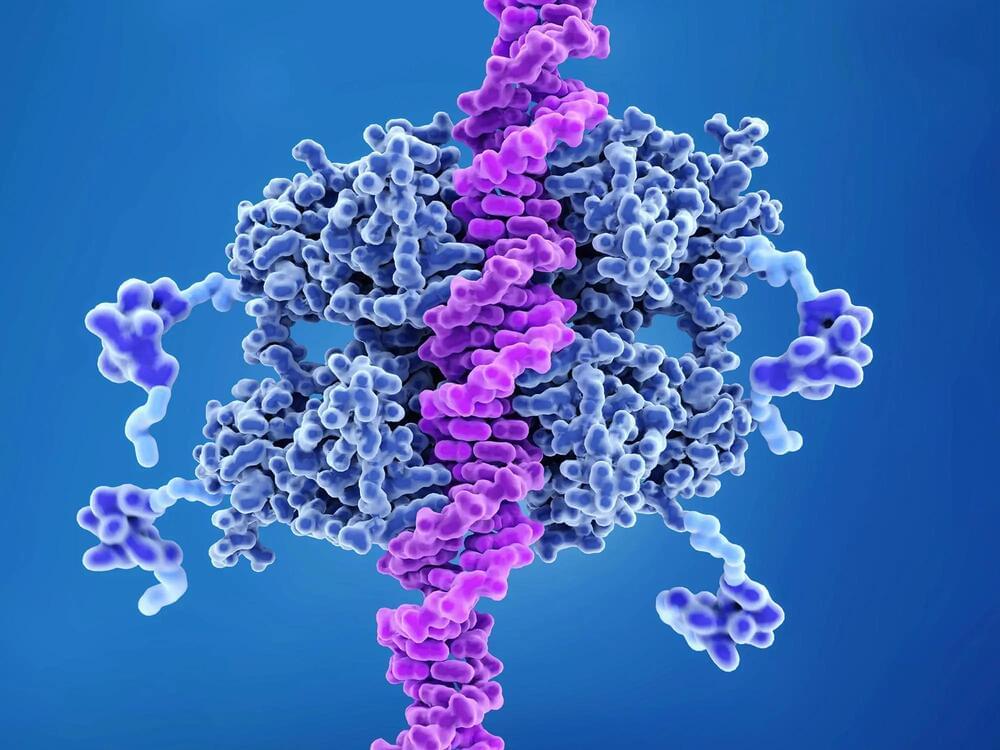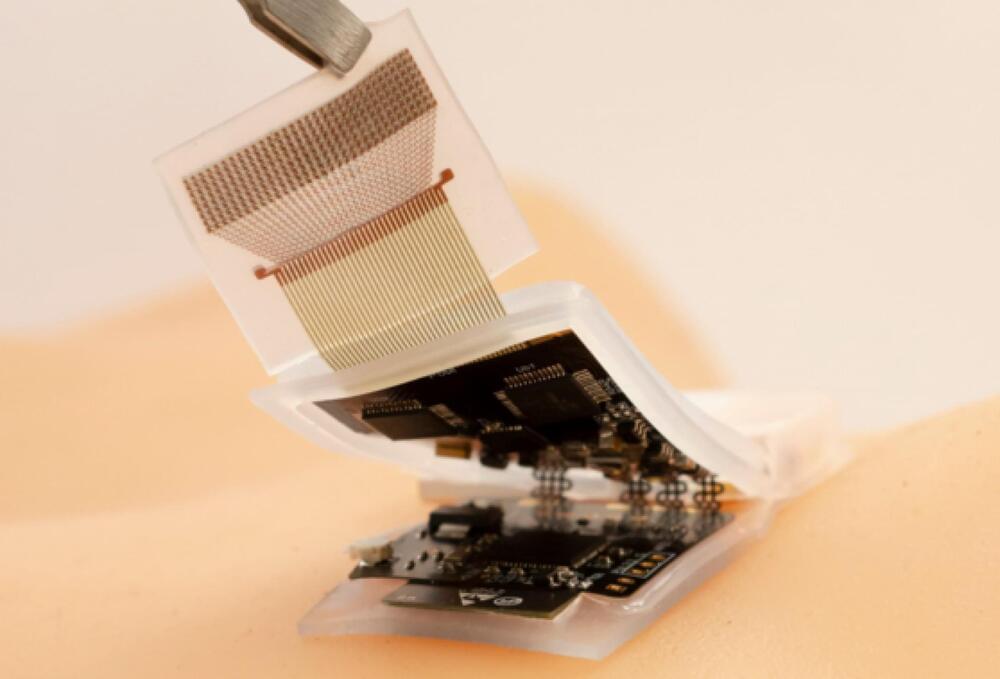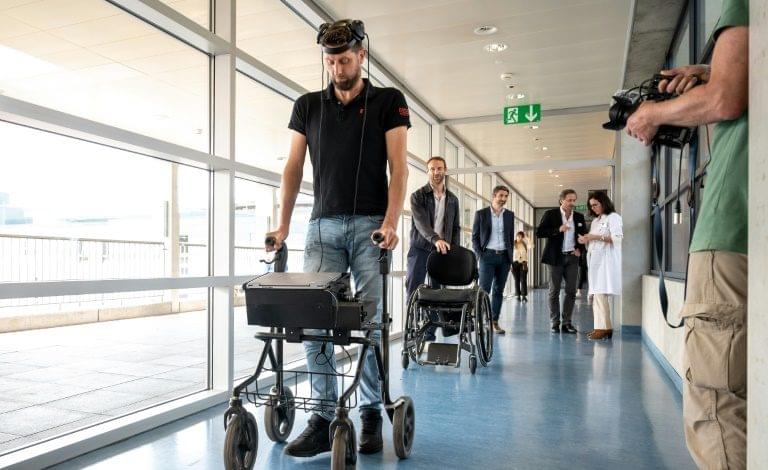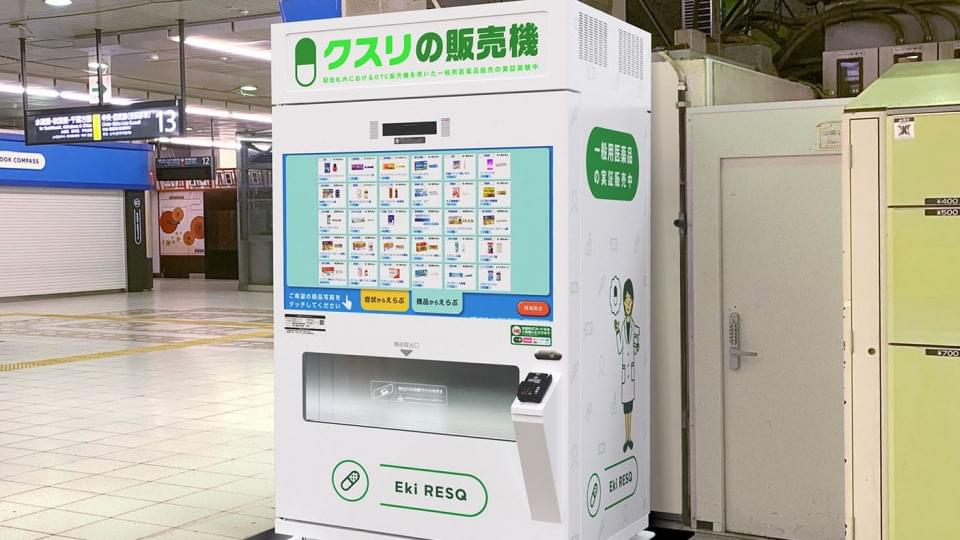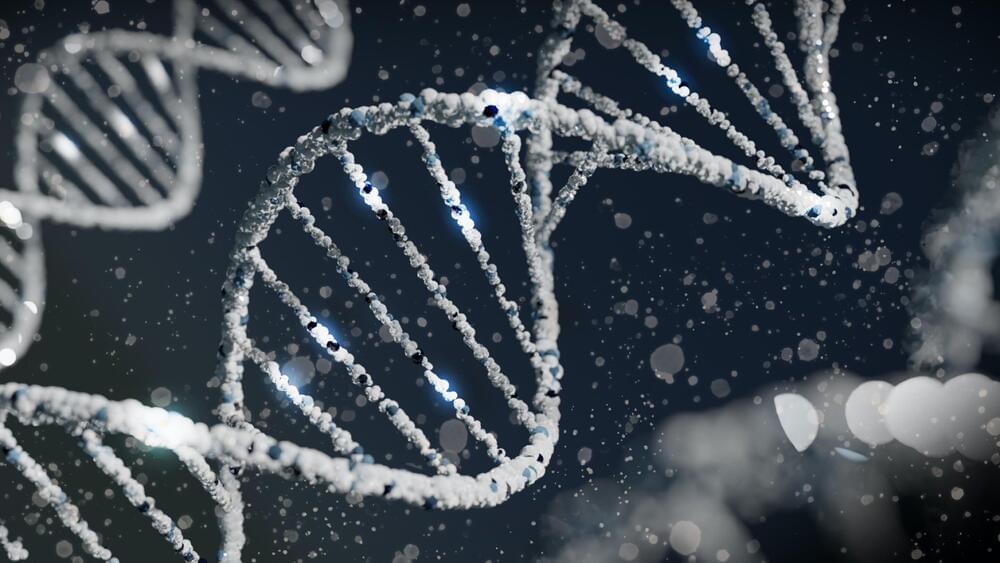After three years of upgrading and waiting, due in part to the coronavirus pandemic, the Laser Interferometer Gravitational-wave Observatory has officially resumed its hunt for the signatures of crashing black holes and neutron stars.
“Our LIGO teams have worked through hardship during the past two-plus years to be ready for this moment, and we are indeed ready,” Caltech physicist Albert Lazzarini, the deputy director of the LIGO Laboratory, said in a news release.
Lazzarini said the engineering tests leading up to today’s official start of Observing Run 4, or O4, have already revealed a number of candidate events that have been shared with the astronomical community.
